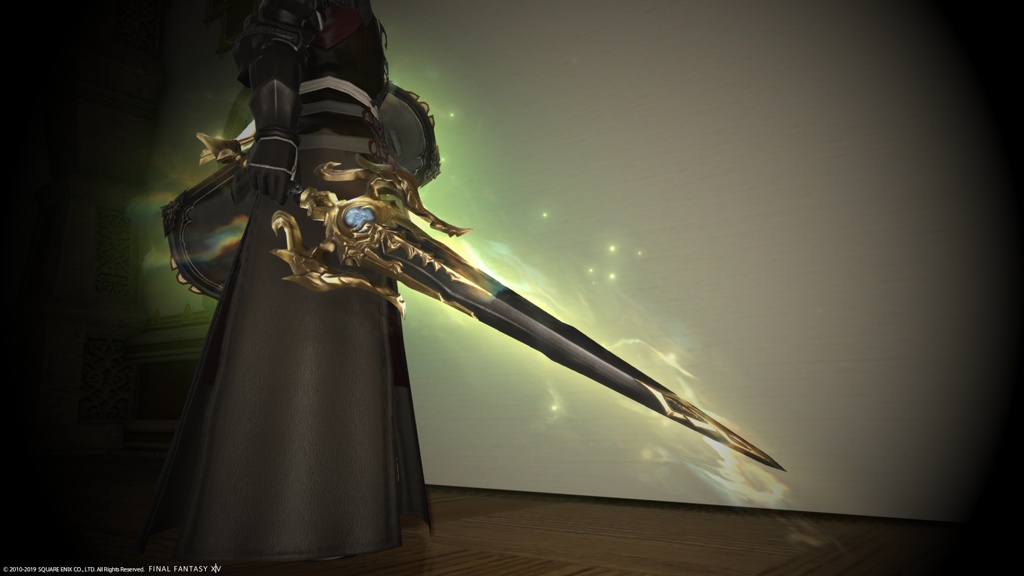

Image and soundtrack produces the most complete message, it is also possibleįor the soundtrack (spoken language) to exist as a medium, like radio, Soundtrack accompanying the visual image on the screen. Thought of somewhat like a television image without sound, while myth is the To suggest a modern metaphor, ritual might be Important tool for the analysis of myth in general. Systematization of ideology - we can recognize the value of minimizing theĪpplication of ritual data to the understanding of a myth's own internal consistency.įurther, this can be done without denying the significance of ritual data as an Unfettered elasticity and flexibility, and its nature as a consolidation or

Itself - the development of its creative imagination unrestricted by reality, its Since we have no way of erectingĬlear-cut standards regarding the degree of ritual to be read into myth, if weĭecide, rather, to pay attention to the unique characteristics of myth To explain myth as nothing more than the reflection, orĪrticulation in language, of the reality represented by ritual behavior is toīelittle the unique nature of myth itself. Such success, however, does not necessarily mean that one can easily equate Is certain that many questions have been answered as a result of such research. ), enthronment ( daijô-sai ), or imperial dedication (the "festival of many islands" or yasoshima-sai ), which were observed within the court or by various clans. The rituals of spirit pacification ( chinkon-sai Ritual behavior is more resistant to change than myth, frequent attempts haveīeen made to analyze and explain the various parts of the mythos as reflecting King" (emperor), it goes without saying that they reflected rituals ofįinally, based on the general assumption that Kingship - to assert the ruling legitimacy of the Yamato court and its "great The relationship between myth and ritual. Have been involved in the formation of the matrix which transformed and reincorporatedįurther, I want to touch as well on the issue of Works, I am interested in discovering what kind of intellectual processes may

Rather than attempting to reconstruct the primitive form, In other words, I want to consider what might beĬalled the "theological origins" of the mythic system of the Kojiki and Nihongi. Kind of ideological framework into which the disparate mythic elements wereĪssembled and integrated. Here, however, I want to focus, rather, on the The myths possessed prior to their being recomposed within the system of the Kojiki and Nihongi. The derivation of mythic elements, but also the attempt to reconstruct the form Of the myths certain aspects that point to their first origins payingĪttention to such details and minor elements may facilitate not only a study of One can detect in small details and minor elements Result of the integration and systematization of disparate mythic elements,Įach with its own derivation. Presenting a description of the static system as on discussing the operativeįactors within the process whereby the mythic system came into being. Further, I will not concentrate so much on Of the individual mythic elements - namely, their geographical, historical, andĬultural origins - but rather the Kojiki The object of my study will not be the sources Of the system of myths found within the Kojiki Opposites found within the structural study of myth as a tool for the analysis With the background of this accumulated body ofĮthnological research and mythic studies, I want to use the the model of binary

Recent years under theoretical influence from Levi Strauss's structural study Those mythic elements were combined and systematized has made great strides in 2 Also, the work of describing the framework within which Have made it abundantly clear that the Kojiki and Nihongi did not occur in isolation, but were products of theĬollation of mythic elements shared throughout the surrounding geographical The results of work by Takagi Toshio, Matsumoto Nobuhiro, Oka Masao, Matsumura Takeo, Numazawa Kiichi, Mishina Shôei, Matsumae Takeshi, Ôbayashi TaryôItô Seiji, and Yoshida With mythic traditions of countries close to Japan and analyzing theĭistribution of similar mythic elements has long been undertaken by students of The work of comparing mythic elements from Kojiki and Nihon shoki ( Nihongi)


 0 kommentar(er)
0 kommentar(er)
